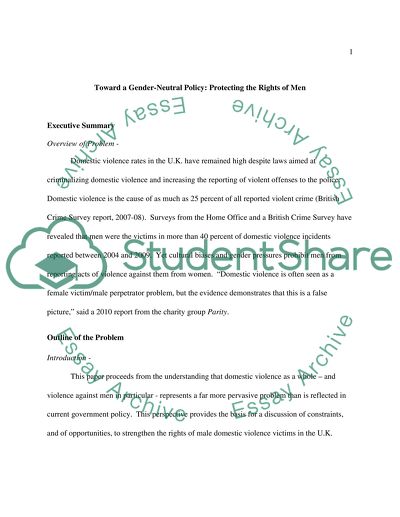Cite this document
(“Designing Public Policy Essay Example | Topics and Well Written Essays - 2500 words”, n.d.)
Retrieved from https://studentshare.org/environmental-studies/1406091-designing-public-policy
Retrieved from https://studentshare.org/environmental-studies/1406091-designing-public-policy
(Designing Public Policy Essay Example | Topics and Well Written Essays - 2500 Words)
https://studentshare.org/environmental-studies/1406091-designing-public-policy.
https://studentshare.org/environmental-studies/1406091-designing-public-policy.
“Designing Public Policy Essay Example | Topics and Well Written Essays - 2500 Words”, n.d. https://studentshare.org/environmental-studies/1406091-designing-public-policy.


